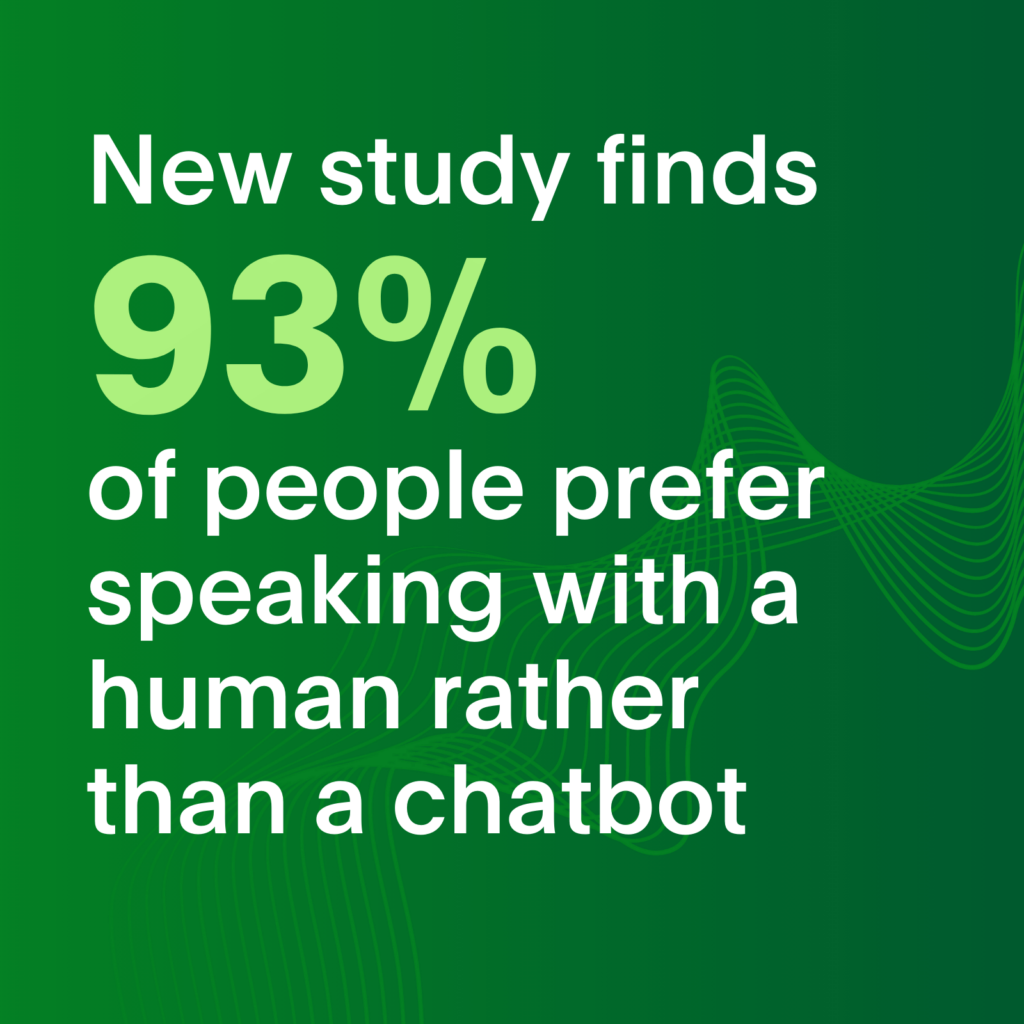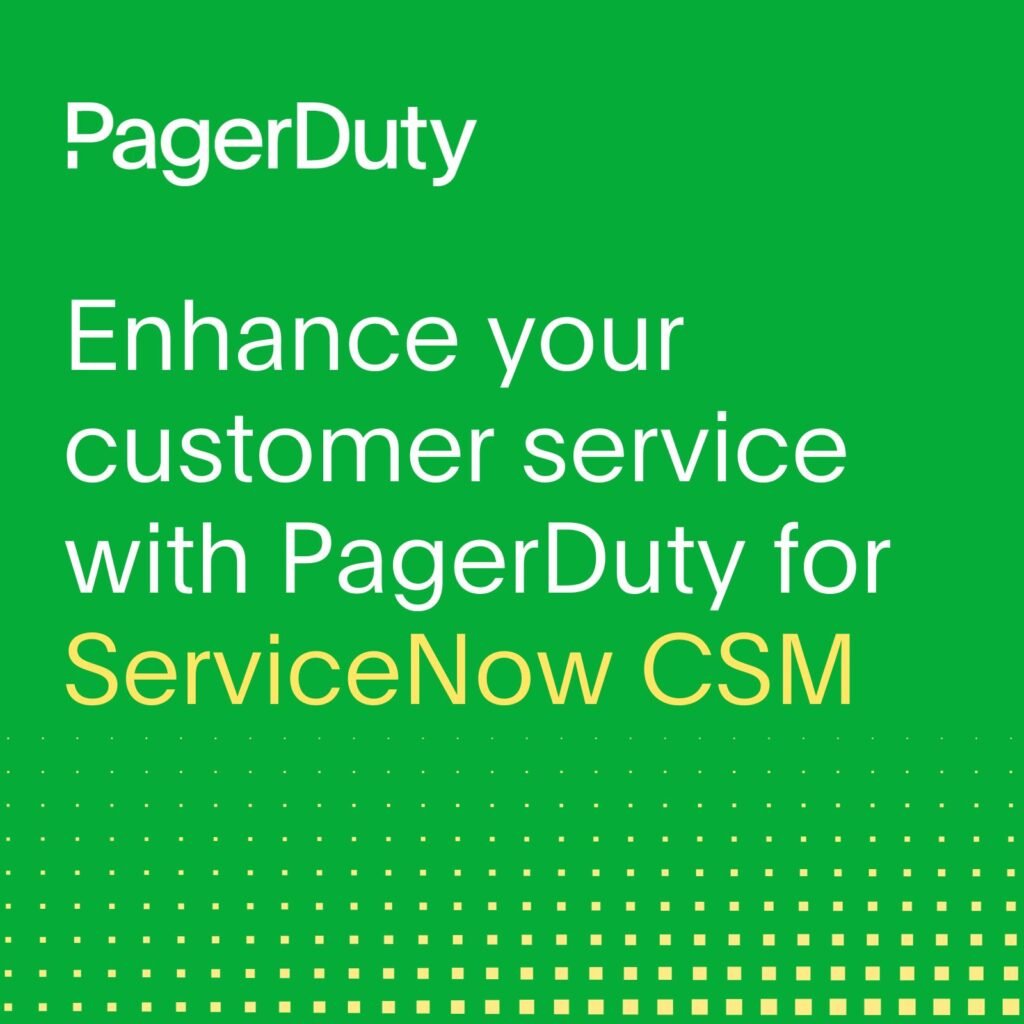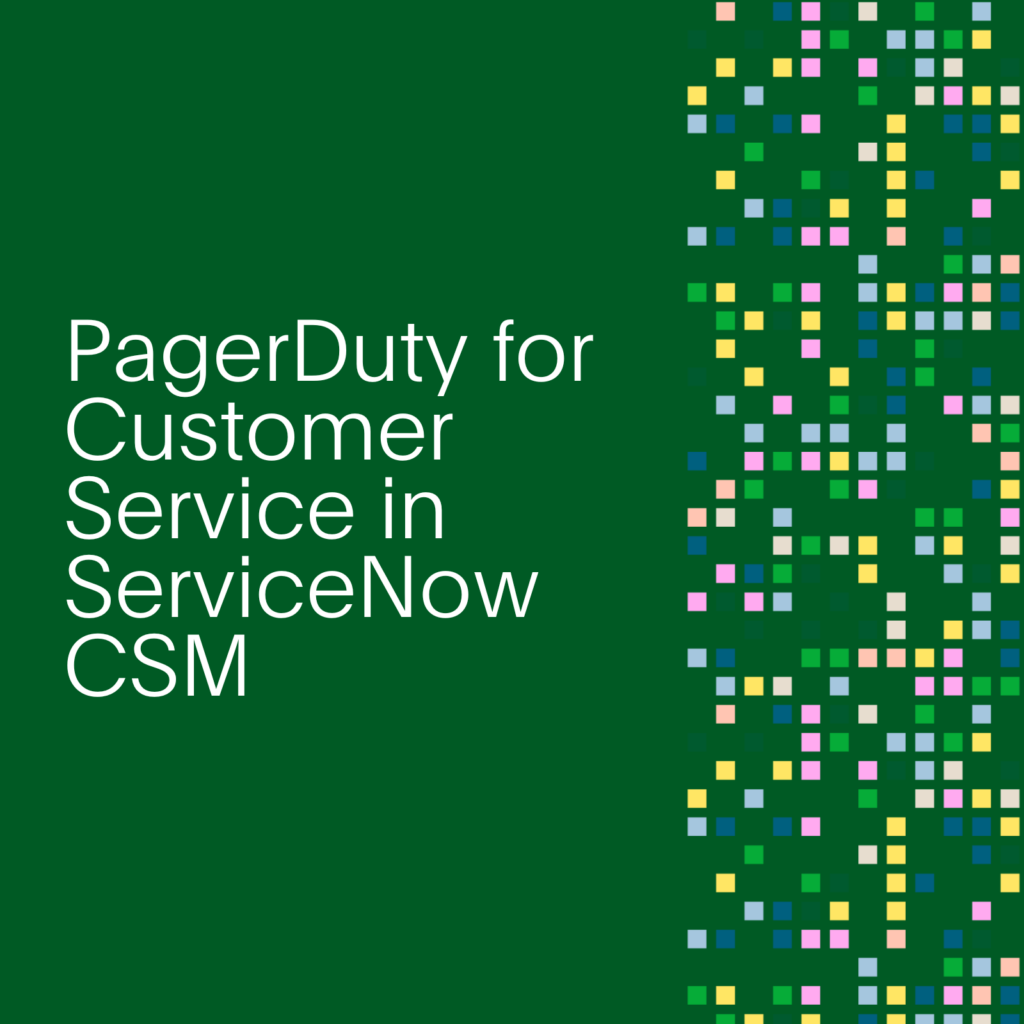- PagerDuty /
- Blog /
- Customer Service /
- Improve Customer Satisfaction With Customer Service Incident Commanders
Blog
Improve Customer Satisfaction With Customer Service Incident Commanders
The global pandemic has drastically accelerated digital transformation initiatives and forced organizations to reimagine customer service by having them take on the incident commander role in managing and responding to customer issues and engaging with customers.
In addition to prioritizing digital services, many businesses have migrated to the cloud to increase business agility, develop and deliver new features faster, and meet the growing demands of end users. As the pandemic spread across the globe and government-mandated lockdowns implemented, businesses have seen explosive growth in digital demand—but with that growth comes more issues that teams need to quickly resolve to meet customers’ expectations of always-on services.
It used to be that customer service would wait for customers to report an issue, then just pass it on to IT and engineering hoping for a swift resolution. This lack of visibility and collaboration with engineering made it difficult for customer service agents and managers to provide the status updates to impacted customers in a timely manner. Everyone has experienced the calls or live chats with customer service that were escalated through the chain of several agents or even a manager, only to result in wasted time and no real answers about the issue we called in with or when it would be resolved.
Those days are over. If brands want to retain their customers in today’s hyper-competitive environment, they need to adapt. Customers have changed—they want an active feedback loop, and that means updates in real time when issues occur. Basically, operating in responsive mode is no longer good enough because being reactive no longer meets customer expectations. In fact, it creates a strain on the teams responsible for resolving the issues, and this stress is compounded when you consider that many customer service teams today are operating with reduced and distributed staff.
Customer Service Is On the Front Lines
One of the challenges of digital-first or digital-only services is that they provide far fewer opportunities to build personal relationships, so the customer experience needs to be personalized and always-on. To meet those expectations, customer service organizations are shifting from being a cost center to a customer engagement and experience unit that is paramount to building trust and loyalty with today’s customers. With digital-only business models, customer service is the only interactive experience customers may have with a business.
However, customer service traditionally has not been enabled with the right tools and processes that give them the visibility they need to help resolve issues faster nor the direct path of communication to escalate to technical responders when required. But that’s changing: Current business and economic demands are requiring customer service agents to take on the role of incident commanders so they can own customer issues end to end and help maintain customer satisfaction. Because they’re on the front lines with customers, customer service agents are uniquely positioned to work with internal incident response teams while ensuring customers stay updated during the resolution process.
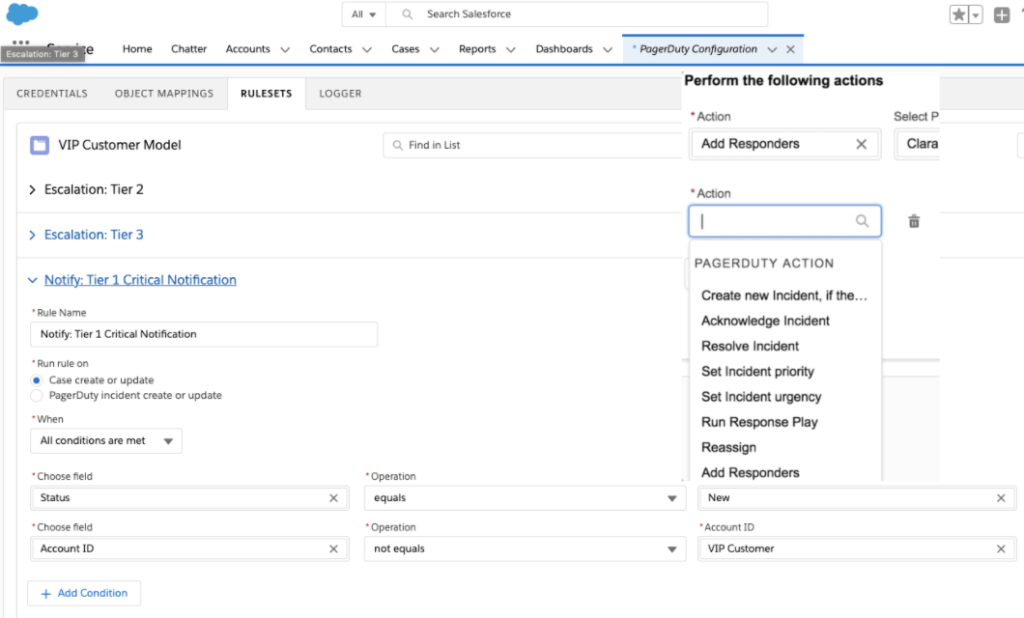
What is an incident commander, you ask? It’s the person who keeps an incident moving towards resolution. During a major incident, the incident commander delegates tasks and listens to input from subject matter experts in order to bring the incident to resolution. For a customer service issue, for example, a subject matter expert could be a technical responder or anyone else working on the back end in resolving the issue. Check out our incident commander training guide for more information and best practices on incident command.
End-to-End Ownership With PagerDuty
With PagerDuty, customer service has a direct, two-way line of communication with technical teams for better collaboration and to access relevant context they need, all in real time. With both teams acting as a united front, customer service can mobilize a quick response, as well as proactively communicate with customers. Additionally, automated workflows give agents a direct line to management or engineering to ensure that VIP customers and SLAs are prioritized.
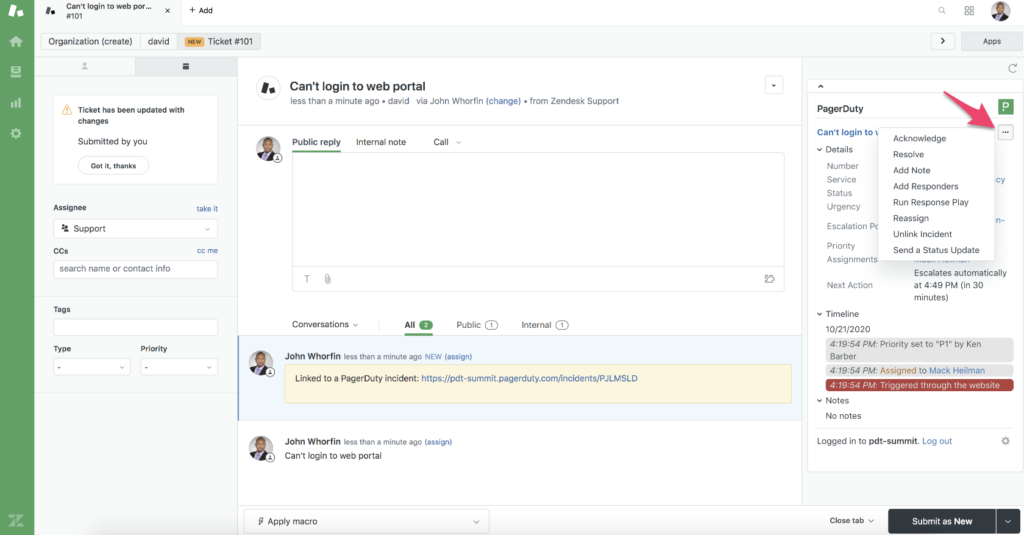
Empowering customer service to own customer issues end to end helps improve job satisfaction and morale, as agents feel like they are now part of the solution rather than just answering phones and passing on messages. By taking more ownership they are also building stronger relationships with technical teams and working as a united front on customer issues to build loyalty and increase retention.
With PagerDuty for Customer Service, teams are able to:
- Empower customer service agents with full-case ownership as an “incident commander” to manage the response and coordinate across stakeholders for faster resolution, which helps manage increased caseloads and provide better service to VIP customers
- Deliver bi-directional communication that enables collaboration between technical responders (like developers and IT operations) and customer service teams to proactively exchange information about customer-impacting issues
- Obtain a holistic view across data, people, and operations in real-time
With PagerDuty’s new Customer Service Plan, your customer service organizations will have the context needed to orchestrate the right response in real-time. Mobilizing the right teams and connecting customer service representatives with technical responders helps them quickly resolve issues and preserve the customer experience. As a result, customer service teams are empowered to resolve issues quickly and keep customers informed and happy. Check out our recent webinar to learn more or contact sales to get started.
